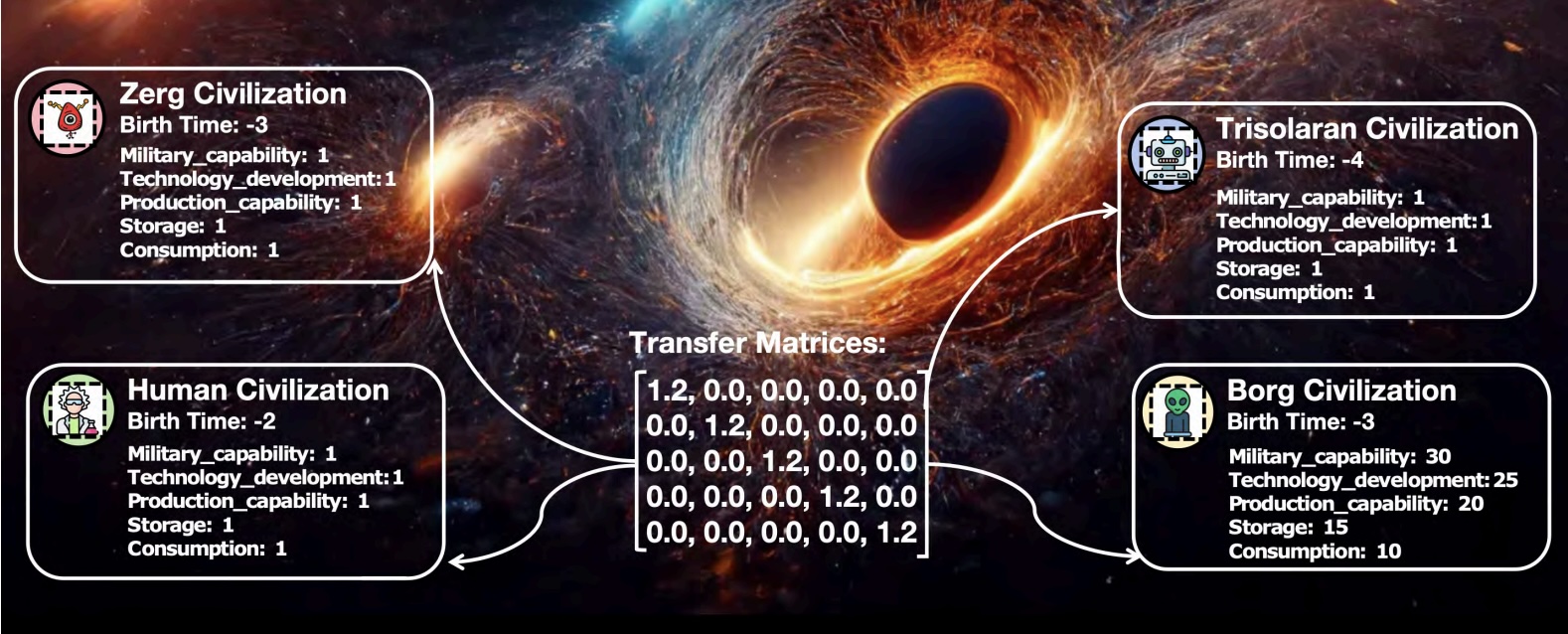Finding planets that already have, or have the ingredients for intelligent life is a real challenge. It is exciting that new telescopes and spacecraft are in development that will start to identify candidate planets. Undertaking these observations will take significant amounts of telescope time so we need to find some way to prioritise which ones to look at first. A new paper has been published that suggests we can study the host stars first for the necessary raw elements giving a more efficient way to hunt for similar worlds to Earth.
Continue reading “Do Planets Have the Raw Ingredients for Life? The Answer is in their Stars”The Rugged Desert Moss Best Equipped to Survive on Mars
For decades, we have seen Mars as a desolate landscape devoid of any signs of life. Attempt to identify ways of growing plants and food on the red planet have focussed on greenhouse like structures to enable plants to survive, that is, until now! A desert moss called ‘Syntrichia caninervis’ has been identified and it can grown in extreme environments like Antarctica and the Mojave Desert. A new study revealed the moss can survive Mars-like environments too including low temperatures, high levels of radiation and drought.
Continue reading “The Rugged Desert Moss Best Equipped to Survive on Mars”Could Alien Solar Panels Be Technosignatures?

If alien technological civilizations exist, they almost certainly use solar energy. Along with wind, it’s the cleanest, most accessible form of energy, at least here on Earth. Driven by technological advances and mass production, solar energy on Earth is expanding rapidly.
It seems likely that ETIs (Extraterrestrial Intelligence) using widespread solar energy on their planet could make their presence known to us.
Continue reading “Could Alien Solar Panels Be Technosignatures?”Astronomers are on the Hunt for Dyson Spheres

There’s something poetic about humanity’s attempt to detect other civilizations somewhere in the Milky Way’s expanse. There’s also something futile about it. But we’re not going to stop. There’s little doubt about that.
One group of scientists thinks that we may already have detected technosignatures from a technological civilization’s Dyson Spheres, but the detection is hidden in our vast troves of astronomical data.
Continue reading “Astronomers are on the Hunt for Dyson Spheres”An AI Simulated Interactions Between Different Kinds of Advanced Civilizations
The possibility for life beyond the Earth has captivated us for hundreds of years. It has been on the mind of science fiction writers too as our imaginations have explored the myriad possibilities of extraterrestrial life. But what would it really be like if/when we finally meet one; would it lead to war or peace? Researchers have used a complex language model to simulate the first conversations with civilisations from pacifists to militarists and the outcomes revealed interesting challenges.
Continue reading “An AI Simulated Interactions Between Different Kinds of Advanced Civilizations”Some Intelligent Civilizations Will Be Trapped on their Worlds

Evolution has produced a wondrously diverse variety of lifeforms here on Earth. It just so happens that talking primates with opposable thumbs rose to the top and are building a spacefaring civilization. And we’re land-dwellers. But what about other planets? If the dominant species on an ocean world builds a technological civilization of some sort, would they be able to escape their ocean home and explore space?
Continue reading “Some Intelligent Civilizations Will Be Trapped on their Worlds”Can Alien Civilizations Detect Humanity?

One of the fascinating things about being a human in this age is that we can do more than wonder about other life and other civilizations. We can actually look for them, although there are obvious limitations to our search. But what’s equally fascinating is that we can wonder if others can see us.
Continue reading “Can Alien Civilizations Detect Humanity?”Since Aliens Obey the Laws of Physics, Can We Guess What They Look Like?
Since time immemorial, humans have gazed up at the stars and wondered if we’re alone in the universe. We have asked if there are other intelligent beings out there in the vastness of the cosmos, also known as extraterrestrial intelligence (ET). Yet, despite our best efforts, we have yet to confirm the existence of ET outside of the Earth. While the search continues, it’s fair to speculate if they might look “human” or humanoid in appearance, or if they could look like something else entirely. Here, we present a general examination and discussion with astrobiologists pertaining to what ET might look like and what environmental parameters (e.g., gravity, atmospheric makeup, stellar activity) might cause them to evolve differently than humans.
Continue reading “Since Aliens Obey the Laws of Physics, Can We Guess What They Look Like?”Could We Find Aliens Terraforming Other Worlds?
The first early humans to use fire had no inkling of what it would lead to.
Fire was one of our first technologies, and humans have been making changes to their environments since the advent of controlled fire hundreds of thousands of years ago. Fast forward to current times, and our modern technological and global civilization is changing the Earth’s entire biosphere. From carbon emissions that acidify the oceans and weaken the shells of marine life to microplastics that find their way into organisms’ bloodstreams, our technology is intersecting, or combining, with the biosphere.
This has spawned a useful word: biotechnosphere.
Continue reading “Could We Find Aliens Terraforming Other Worlds?”





